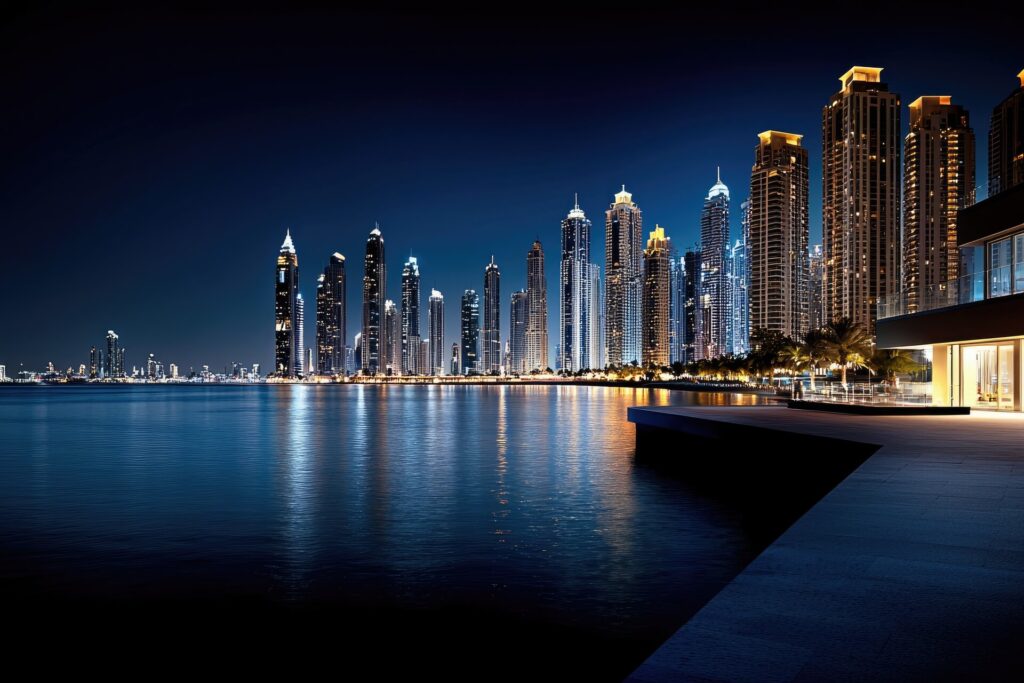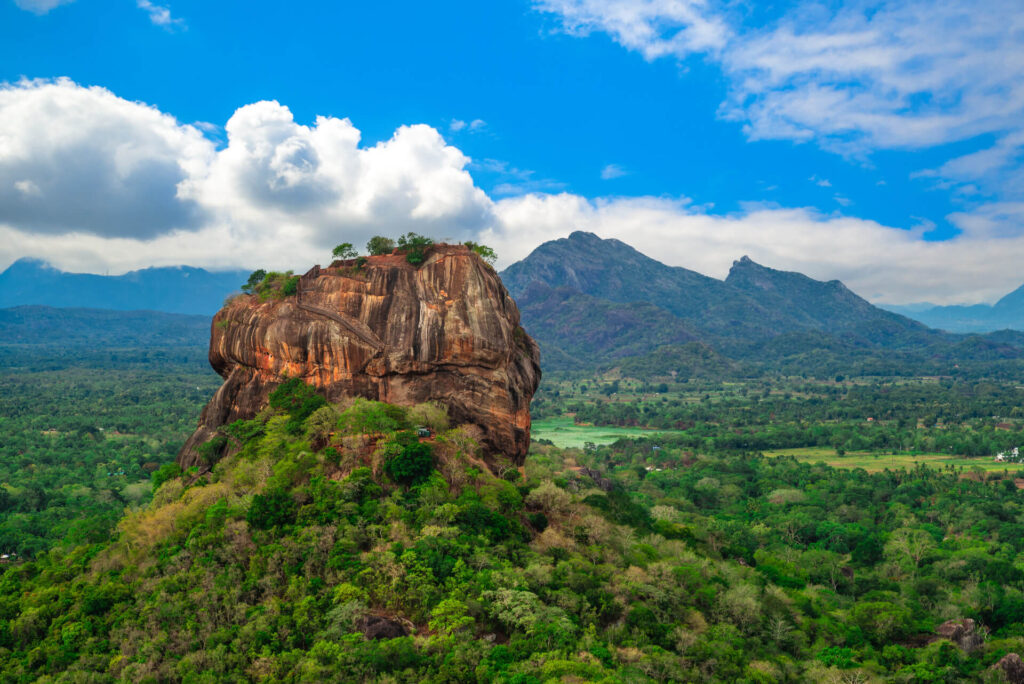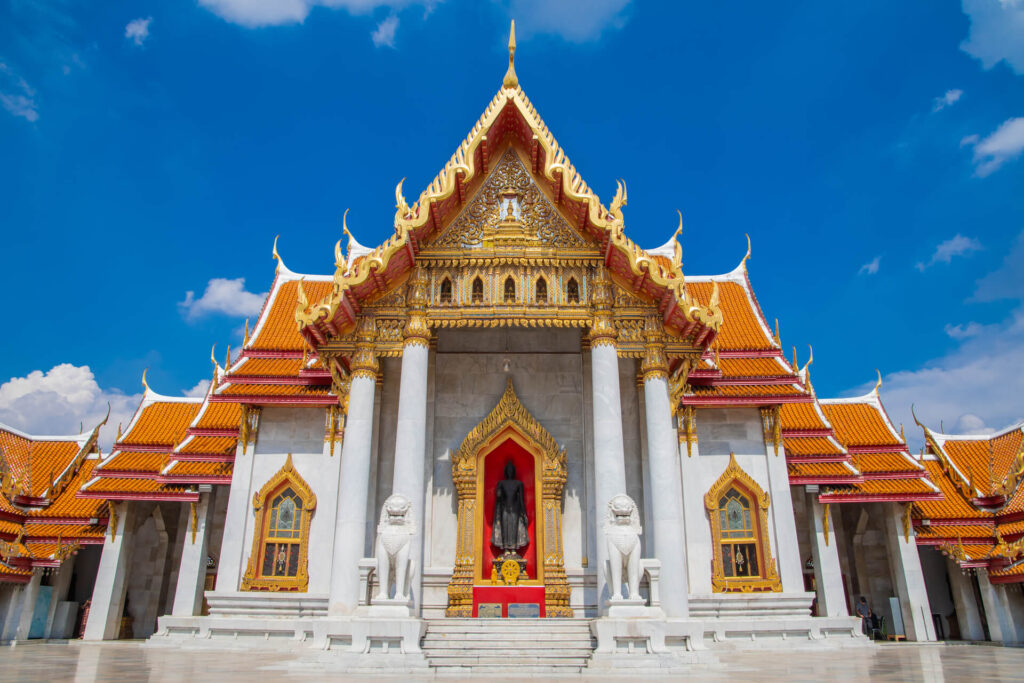
Many of us view tattoos as a form of self-expression, even an important extension of ourselves. Yet in certain corners of the world, they’re viewed as rebellious, unprofessional, or outright taboo.
From stringent bathhouse rules in South Korea to conservative enclaves where ink is discouraged, some destinations harbor unspoken (or explicitly clear) expectations about body art. Unawareness might mean denied entry, uneasy glances, or—in rare instances—legal complications. While not intentional, parading your tats in these settings can come across as disrespectful or insensitive. Which is not what we want!
You can gracefully evade these mishaps. It begins with grasping where and why tattoos stir sensitivity. Let’s explore spots where your ink might turn heads and how to navigate them with poise, respect, and confidence.
1. Japan: The Land of Onsen Etiquette

Japan tops countless bucket lists, but undeniable is its entrenched cultural perspectives on tattoos, which can surprise unprepared travelers. Historically linked to the yakuza (organized crime), visible ink remains banned in many traditional onsens (hot springs), public baths, and select gyms—despite shifting attitudes.
If you’re inked, scout tattoo-friendly onsens ahead of time; some permit discreet bandages or specialty patches. Urban hubs like Tokyo and Osaka offer flexibility, but rural zones lean stricter. When uncertain, go for private baths or ryokans that accommodate global guests. A little planning ensures your soak stays stress-free.
2. South Korea: Mixed Acceptance in a Beauty-Conscious Society

While tattoo culture blooms among South Korea’s youth, conservative views persist in many spaces. Public baths (jjimjilbangs) and pools occasionally prohibit tattoos, though enforcement fluctuates.
Just as an aside, tattooing occupies a legal gray zone—only medical professionals may legally operate, though underground artists flourish. This means if ever seeking ink mid-journey, patronize reputable studios versed in local nuances.
3. United Arab Emirates: Balancing Glamor and Tradition

Dubai and Abu Dhabi impress with their modern appeal, yet the UAE’s Islamic heritage means tattoos, particularly those with religious symbols, violent motifs, or offensive content, can invite unwanted scrutiny. Generally speaking, tourists aren’t routinely targeted; but covering up near mosques or government buildings is still good judgment and a way to convey respect.
Beach lovers, take note: while visible tattoos generally aren’t a problem, especially at tourist resorts, it’s wise to cover up any designs that could be considered offensive or inappropriate. Just to be safe, you might want to tuck a few stylish cover-ups into your suitcase.
4. Sri Lanka: Sacred Sites and Cultural Sensitivities

Sri Lanka’s awe-inspiring temples and spiritual sites often request tattoo coverage as a gesture of reverence—especially for ink depicting deities, religious figures, or symbols. Certain Buddhist shrines may also refuse entry if designs seem inappropriate.
Your best strategy? Opt for modest attire (shoulders/knees covered) and use breezy garments or wraps to hide tattoos near sacred spaces.
5. China: Navigating Tradition and Modernity

China’s tattoo relationship is layered. While body art gains traction with younger crowds, older citizens and traditional institutions often equate it with rebellion or criminality. Upscale hotels, gyms, and hot springs—especially in conventional cities—may insist on “no tattoo” policies.
When visiting historical landmarks like the Forbidden City or Confucian temples, covering ink shows respect; some locals consider exposed tattoos unsuitable in solemn settings. Cosmopolitan centers like Shanghai or Beijing relax more, but rural regions stay stringent. A light sleeve or cover-up could save you some honestly foreseeable headaches.
6. Thailand: Temple Rules and Changing Attitudes

Thailand thrives as a tattoo nexus (notably for Sak Yant, sacred Buddhist tattoos), but even here, temples enforce rigorous dress codes. Monks and traditionalists may deem visible tattoos disrespectful, so conceal them at hallowed sites like Wat Phra Kaew or Wat Arun.
That said, tourist-centric zones like Bangkok and Chiang Mai exude ease, letting your ink breathe freely elsewhere.
How to Travel Smart with Tattoos
Research Before You Depart
A swift dive into local attitudes prevents awkward moments. Check:
- Are tattoos banned in public baths, pools, or religious sites?
- Are there dress codes that might require covering up?
- Do certain designs carry unintended meanings?
Pack Strategically
Breathable cover-ups (long-sleeved rash guards, scarves, compression sleeves) let you adapt without breaking into sweat. Bandages or specialty makeup aid in strict settings.
Respect Over Rebellion
If asked to cover tattoos, comply graciously. Debating won’t shift norms. Respect nurtures meaningful cultural exchanges.
Choose Tattoos with Travel in Mind
Planning new ink? Prioritize placement and imagery. Discreet, concealable tattoos offer versatility; culturally mindful designs minimize missteps.
Globe-Trot Respectfully and Confidently
Tattoos don’t have to curb your wanderlust, but a little bit of awareness can pave the way toward smoother, more respectful journeys (and sometimes even impress locals!). From soaking in steamy onsens and admiring centuries-old temples to basking on sun-drenched shores, observing local customs helps you disappear into the crowd comfortably, all without losing your sense of self or style.
Remember, thoughtful travelers aren’t just passing through. More often, they’re guests who genuinely appreciate and fervently celebrate the stories and traditions of the places they set foot into.
And if you’re dreaming of a tattoo that captures your journey, one that combines artistic intention, cultural respect, and your own spirit of adventure, hit us up at Ink By Finch! Here, every piece is designed to be as meaningful as your travels, made to tell your story while honoring the world’s diverse cultures.
So, where will your ink drop you next? We’d love to hear about your adventures and ideas. Drop us a line and chat with us here anytime!